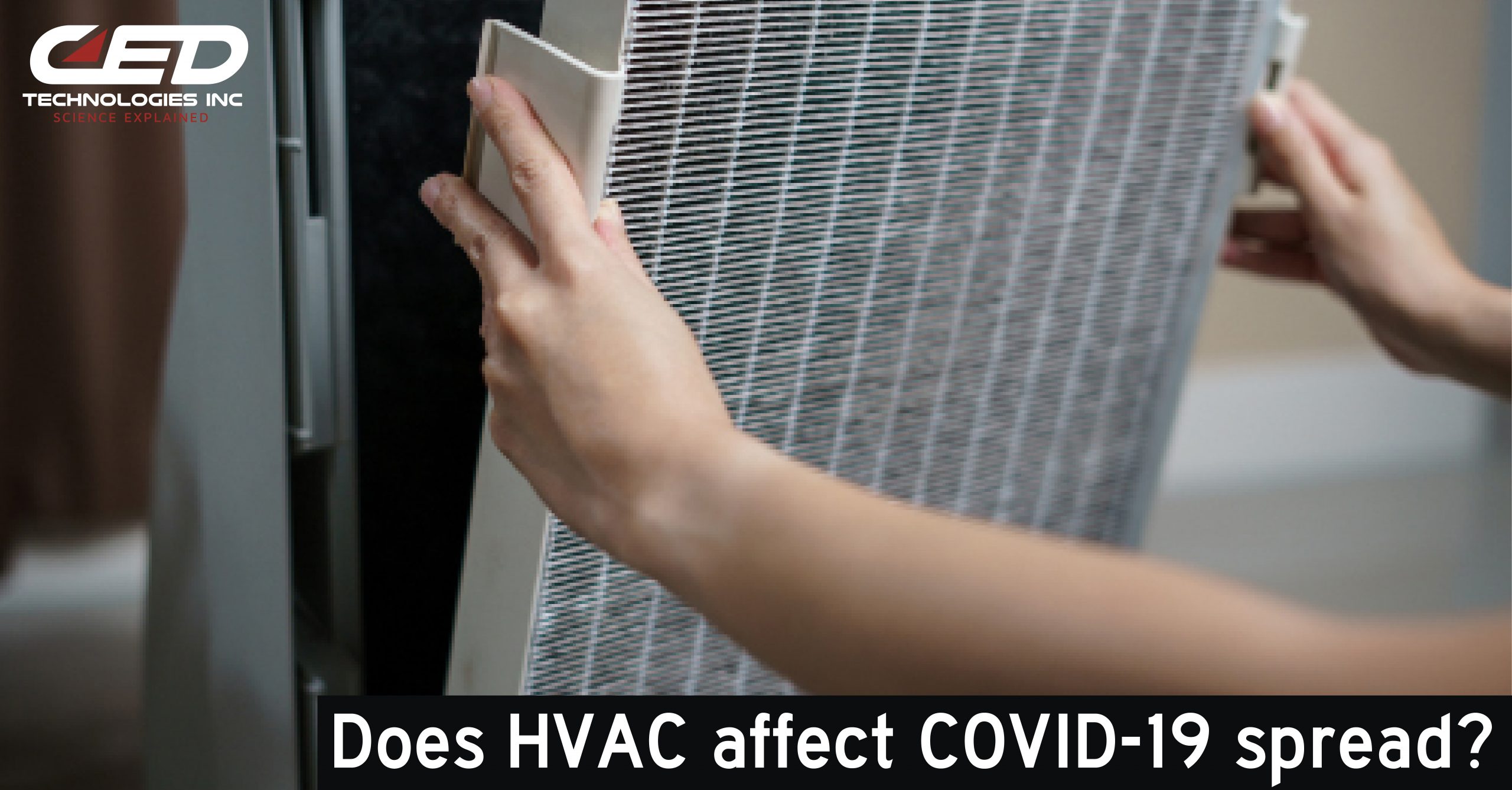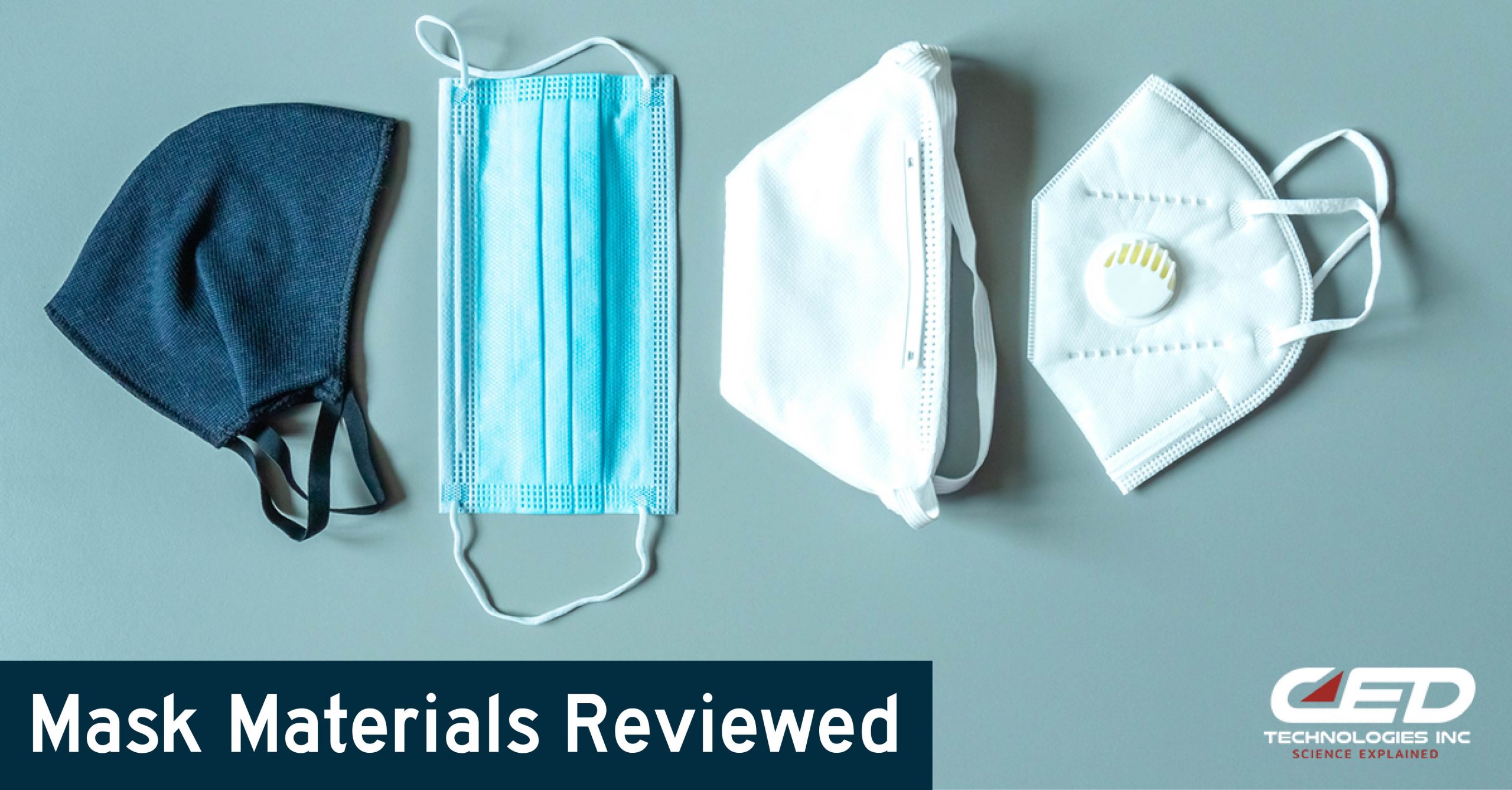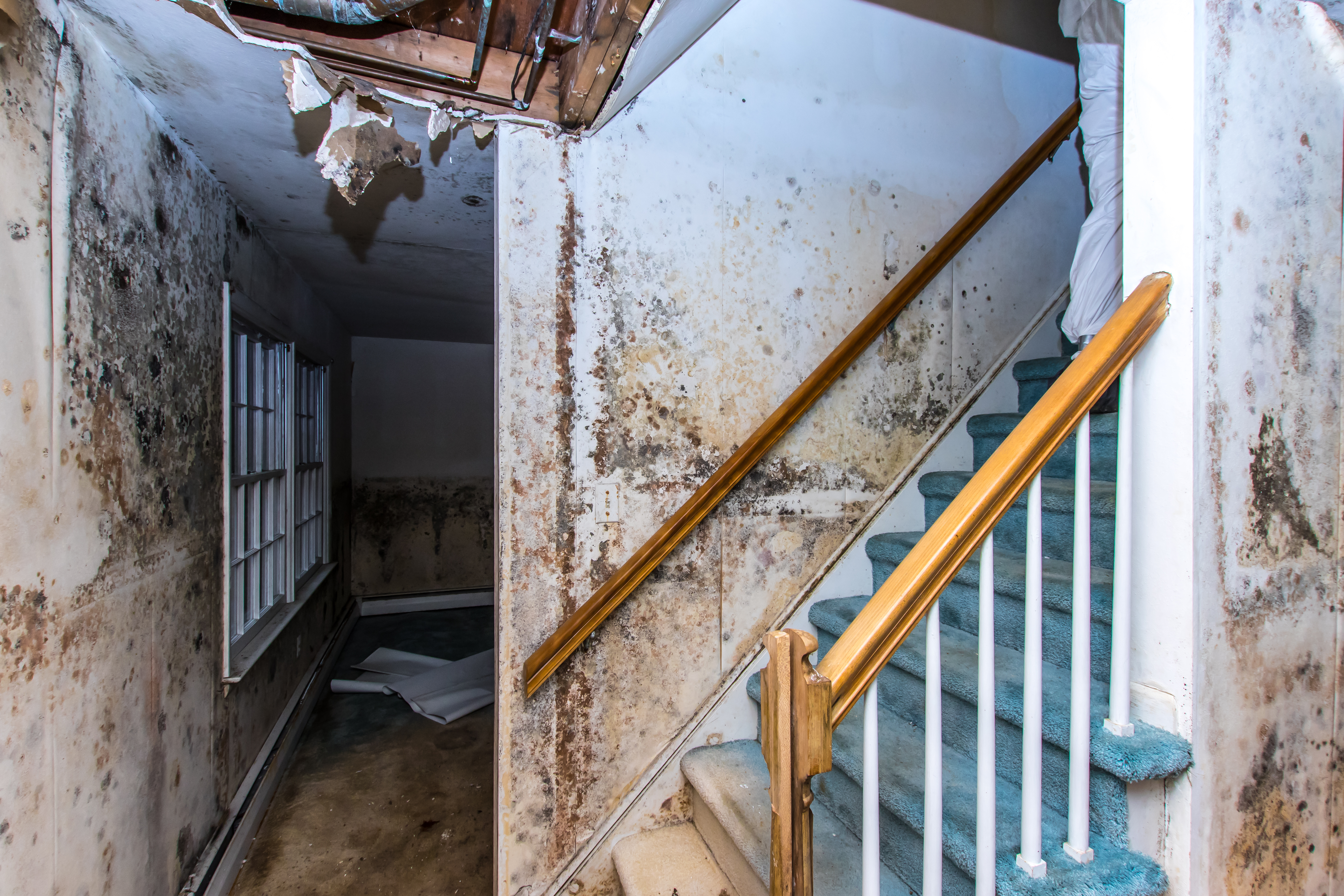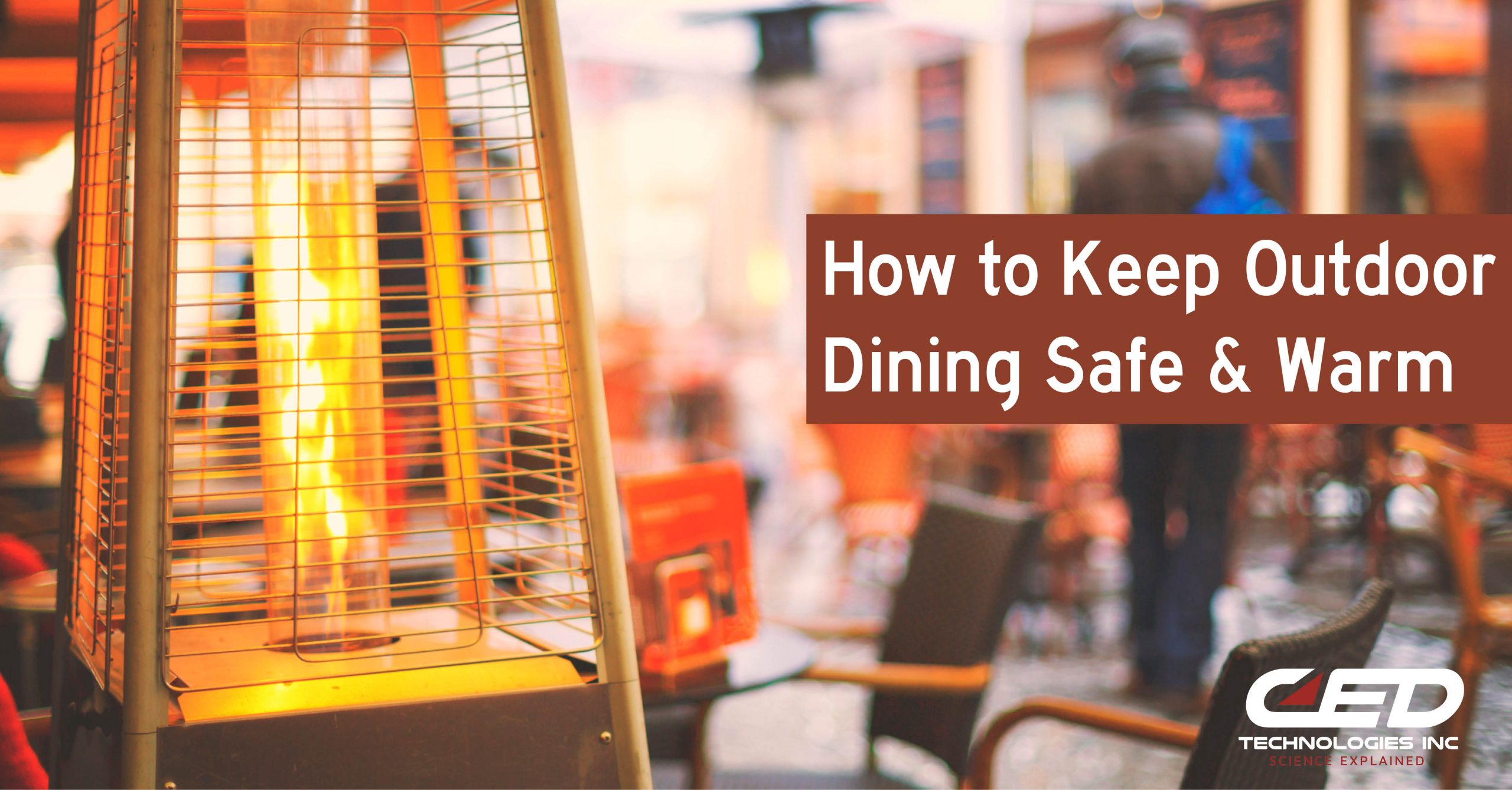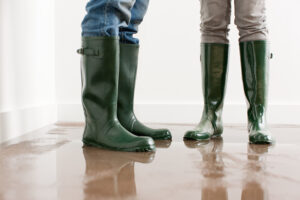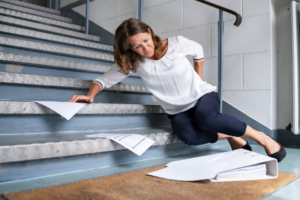Since the emergence of COVID-19 over 11 months ago, we have learned the steps to take to be safer since the initial outbreak. Hand washing, face coverings, and social distancing are critical to mitigate transmission of the viral infection. School and work life have been modified. Socializing has been discouraged and curtailed to limit our exposure.
While milder weather affords us the freedom of being outside, colder and inclement weather in recent months is forcing many indoors. According to the CDC coronavirus website, when outdoors the concentration of viral particles rapidly reduces with the wind – even a very light wind. However, with colder months in the northern US and many people desiring a return to normalcy, people are congregating indoors. Places like shopping malls, bars, and restaurants are reopening for indoor enjoyment with limited capacity.
How safe are we indoors at these venues? According to the CDC, SARS-CoV-2 viral particles spread between people more easily indoors than outdoors. When indoors, proper ventilation can help offset the absence of circulating outdoor air and reduce the concentration of viral particles in the indoor air. The lower the concentration, the less likely some of the virus’s particles may be inhaled into your lungs or come into contact with your eyes, nose, and mouth. Protective ventilation practices and restructuring can reduce the airborne concentration, which helps reduce the overall viral dose.
So exactly how much does HVAC filter out of the air, and can we safely gather six feet apart? Our own CED engineer, Greg Paulson, PE presented a webinar on what can be expected and modified in large commercial indoor filtration systems.
No filtration system can completely remove COVID-19 viral particles, but filter effectiveness can be increased. For commercial HVAC systems to effectually reduce the spread of COVID, they need to be designed to change the air every hour; the same air cannot be recirculated over and over. In addition, “makeup air” (fresh air) needs to be fed in. The amount of fresh air added to the system varies by state guidelines. Changing filters frequently, continually running dehumidification systems, and reducing the number of occupants per space also contribute to reducing particulate spread.
CED engineers are experienced with evaluating the design and function of commercial HVAC systems. Air filtration can only do so much to stop the spread. It’s important to wear masks and keep a minimum of 6 feet of distance when indoors. The combination of masks, social distancing, and filtered air circulation continue to be the best defenses against the spread of COVID-19. Follow your local ordinances and guidelines, while keeping the latest CDC recommendations in mind.
Click Here To See Our Full List of Experts Click Here To Submit an Inquiry about a possible Claim or Case.
